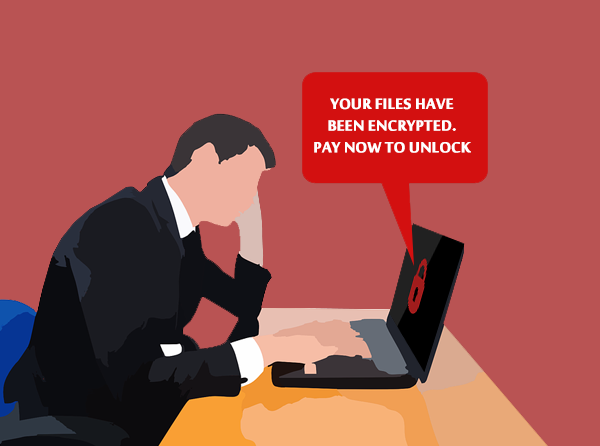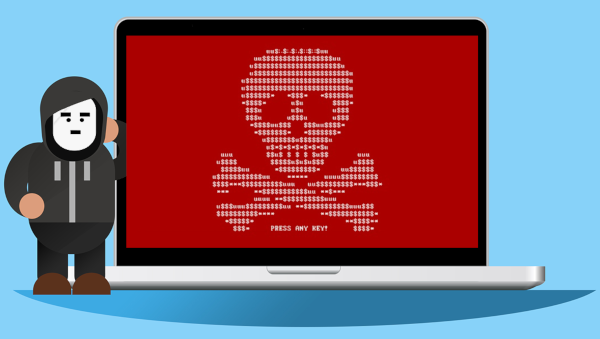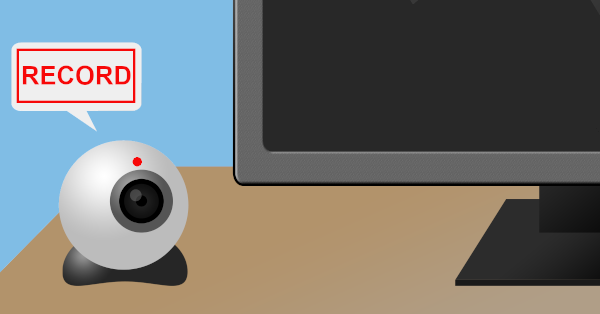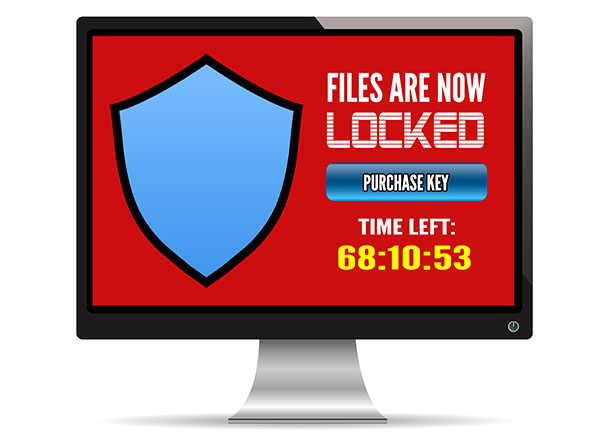 How much is your data is worth? Information is probably the most valuable part of your business. Imagine if you lost your client database, accounting software, inventory management and any intellectual property you may own. How long will it take to recreate this data and how much money would you lose in lost productivity, staff wages and the time it takes to either recover or recreate the lost information?
How much is your data is worth? Information is probably the most valuable part of your business. Imagine if you lost your client database, accounting software, inventory management and any intellectual property you may own. How long will it take to recreate this data and how much money would you lose in lost productivity, staff wages and the time it takes to either recover or recreate the lost information?
Recently when the WannaCry ransomware spread through out the world, many businesses were suddenly forced to re-assess the value of their data: was it worth saving and what would be the ongoing costs of the attack?
If you don’t have a recent backup most ransomware attacks cost at least $US200 (if not a lot more) to get your files released and that is only IF the cyber criminals honor the payment and actually give you the decryption key (some even demand further payments). Meanwhile your business is still running and new client calls are still coming in and you may find yourself unable to operate with your systems down.
Paying the ransom may seem like a quick fix but:
- There is still the downtime involved to restore your data resulting in lost productivity.
- If word gets out that your data has been compromised you may find confidence in your business plummets and your existing clients head elsewhere.
- The cyber criminals you pay, may now see you as an easy target and demand more money or target you for other scams and malware activity.
- You may recover the data but is it compromised with other malware?
- You may not get back all the data that has been lost.
So that $US200 ransom may end up costing many, many thousands of dollars!
How To Prevent Ransomware Attacks on your Business
Keep your systems up to date: Malware can take advantage of flaws in older versions of Windows and software – sometimes ones that have already been patched by Microsoft and third party vendors. To be protected businesses have to stay up to date with their patches & versions. To be up to date with Windows patches you need to be running a supported version of Windows. Delaying patches and updates puts your business at risk – we can help you keep you systems up to date.
Use corporate grade security software and firewall: Free software may be fine for low end home computers but if the worst happens you will get no support or help from a company providing free software. A firewall or UTM (unified threat management) device can also help block malware and ransomware infections. But whether it is a free or paid for solution the software (and any hardware devices) must be kept up to date.
Lock down employee computers: Very few staff will require full administrator access to your business network. With a higher level of permissions the more damage a person can do – either accidentally or by inadvertently installing malware. By locking down your computers you have a better chance of containing a malware attack to non-vital systems. Our expert computer technicians can design an access management plan that gives you best of both worlds – flexibility and security.
Educate your workplace: Most employees believe they are being cyber-safe but in reality it is quite different. Many malicious links and embedded malware have become harder to spot – and all it takes is a microsecond to click (and later regret it). We can work with your staff to establish procedures around checking links for authenticity before clicking, awareness around verifying the source of attachments and the importance of malware scanning and keeping systems up to date. We can help get the message through!
Have a solid backup plan: When ransomware hits, a connected backup = infected backup. Also a lot of cloud backup systems, such as Dropbox, immediately clone the infected files which also renders the cloud copy useless. The only safe backups will be the ones both physically and electronically disconnected. Our experts can set you up with a backup system that makes recovery simple.
Be proactive: The best way to avoid the costs of a ransomware attack is to prevent it from happening in the first place is with up to date antivirus software, regular systems updates and security audits. Remember, many businesses were able to watch WannaCry from the sidelines, completely unaffected and seized opportunities while their competitors were down.
Our regular maintenance plans can help protect your business against the next cyber-attack. Call us today on 08 8326 4364 or via email at support@dpcomputin g.com.au.




 Ransomware and most malware attacks start in two main ways. A booby-trapped email with a malicious attachment or via a compromised website; which then work their way down to your endpoints and servers.To stop these attacks, it is critical that you have a multi layered approach to security.
Ransomware and most malware attacks start in two main ways. A booby-trapped email with a malicious attachment or via a compromised website; which then work their way down to your endpoints and servers.To stop these attacks, it is critical that you have a multi layered approach to security. Writing a computer program is hard and writing a virus is even harder (BTW you don’t even need programming skills as viruses templates can be bought online), so why do people do it? In the majority of instances it comes down to 3 reasons:
Writing a computer program is hard and writing a virus is even harder (BTW you don’t even need programming skills as viruses templates can be bought online), so why do people do it? In the majority of instances it comes down to 3 reasons: How much is your data is worth? Information is probably the most valuable part of your business. Imagine if you lost your client database, accounting software, inventory management and any intellectual property you may own. How long will it take to recreate this data and how much money would you lose in lost productivity, staff wages and the time it takes to either recover or recreate the lost information?
How much is your data is worth? Information is probably the most valuable part of your business. Imagine if you lost your client database, accounting software, inventory management and any intellectual property you may own. How long will it take to recreate this data and how much money would you lose in lost productivity, staff wages and the time it takes to either recover or recreate the lost information?